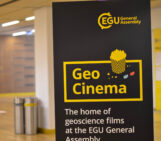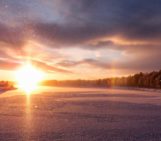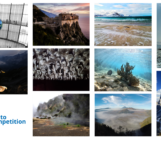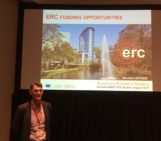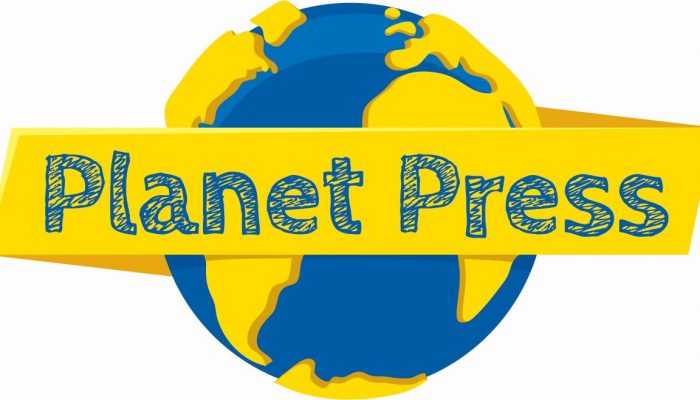
Inspiring children to be interested in the geosciences isn’t always an easy task. While dinosaurs, volcanoes and earthquakes are a sure hook (rightly so!), there is also much more to the Earth, ocean and planetary sciences! Not only that, but new developments happen much more quickly than the lifetime of a textbook, meaning that breaking science is often underreported in the classroom. However, distilling the complex science behind ocean dead zones, how scientists measure the height of ice sheets and the history of European droughts, into children friendly language which captures the imagination isn’t plain sailing.
In September 2014 the EGU developed the Planet Press initiative – engaging and bitesize press releases for kids, parents and educators to help them get to grips with the latest geoscientific research going on across the world. Planet Presses are primarily aimed at 7 to 13 year olds, but can be used by children in other age groups too!
How are Planet Presses made?
The starting point is a press release – a statement released to journalists to alert them about exciting and newsworthy research published in one of the EGU’s open access journals.
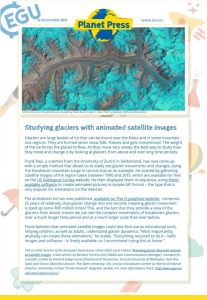
Example of a Planet Press Release: Studying glaciers with animated satellite images, published September 2015.
A Planet Press (PP), is then written in-house by a member of the EGU’s communication team (mostly by the Media and Communications Manager, Bárbara Ferreira), based on an existing EGU press release.
It is reviewed by two scientists, as well as an educator to ensure the science content is accurate and the writing is appropriate for the target age group. In addition, fun printable versions are then made for classroom use.
Because Planet Presses are intended for use across Europe, the final step of the process is to have them translated into various languages. This is done by volunteer scientists and educators.
Planet Press, two years on
Since the start of the project, 36 PPs (out of 36 press releases) have been published. You can download copies of all the existing texts on the EGU website. The texts have been translated approximately 220 times, including into Serbian, Spanish, Russian, Portuguese and many other languages too. This truly herculean task has been accomplished by a team of over 60 volunteers, without whom the Planet Press project wouldn’t be the success it is today. (All figures correct at time of publication of blog post).
“This is one of the most exciting and rewarding projects I work on at the EGU,” says Bárbara. “Planet Press has received incredibly positive feedback from both scientists and educators, and when I presented it at the EGU 2016 General Assembly, many in the audience gave constructive and useful suggestions for improvement, which we’ve since implemented in the most recent texts. Further, whenever we put out calls for volunteers on our social media channels, I always receive plenty of emails from people interested in helping out with Planet Press, and who are extremely keen to dedicate some of their time and energy to getting geoscientific news to kids around Europe (and further afield).”
Lessons learnt and challenges
The coordination of the volunteers is time consuming and one of many side projects and tasks the EGU’s Media and Communications Manager works on. Despite this limitation, the project has received praise from scientists who enjoy seeing their work being made accessible to a younger audience, as well as educators who use the PPs in the classroom.
But it is precisely distributing the texts to a wide number of educators and ensuring it reaches an extensive demographic of children which remains one of the main challenges of the project. Currently, newly produced releases are advertised on the EGU’s social media channels, as well as the EGU’s website and amongst the educators part of the EGU’s GIFT programme. However, many of those who receive the announcements are not the target audience of the Planet Presses, though we are working to change that and get Planet Press to reach more schools kids across Europe.
Not only that, once the texts have been produced and distributed, measuring their impact: how well they do, how useful educators and children find them and how well they achieve their aim of engaging children with the Earth and planetary sciences, remains very difficult to establish and quantify. This is something we are planning on improving in the future.
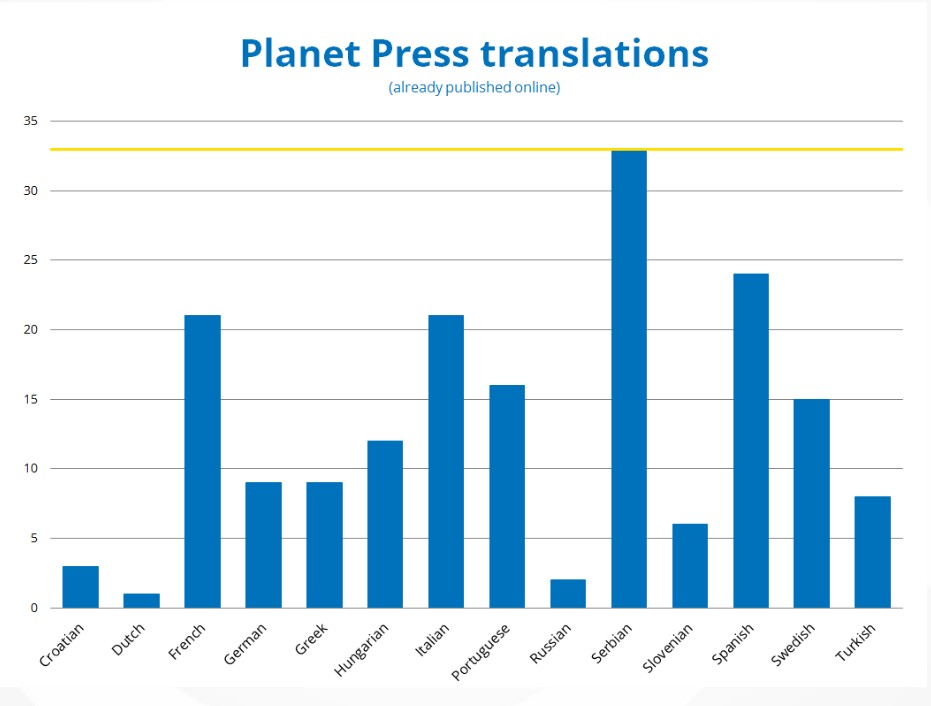
Languages into which Planet Presses have been translated into so far (figure correct as of April 2016). Credit: Bárbara Ferreira / EGU
A final hurdle is the dearth of translations in a number of languages including Slovenian, Russian, Dutch, Croatian and Swedish. So, if you feel inspired to contribute to the effort of translating existing releases, or indeed reviewing the scientific or educational content of the PPs, please contact Bárbara Ferreira.
By Laura Roberts Artal, EGU Communications Officer
This post is based on ‘Planet Press: an EGU initiative to bring geoscientific research to children’, a presentation by Bárbara Ferreira, at the EGU 2016 General Assembly in session EOS4 – Communication and Education in Geoscience: Practice, Research and Reflection. You can download a copy of Bárbara presentation here.
Planet Press, has the support of the EGU Committee on Education. We are grateful for the help of Jane Robb, former EGU Educational Fellow, with launching the project. Planet Press is inspired by Space Scoop, an initiative by UNAWE, the EU-Universe Awareness organisation, that brings astronomy news to children every week.

